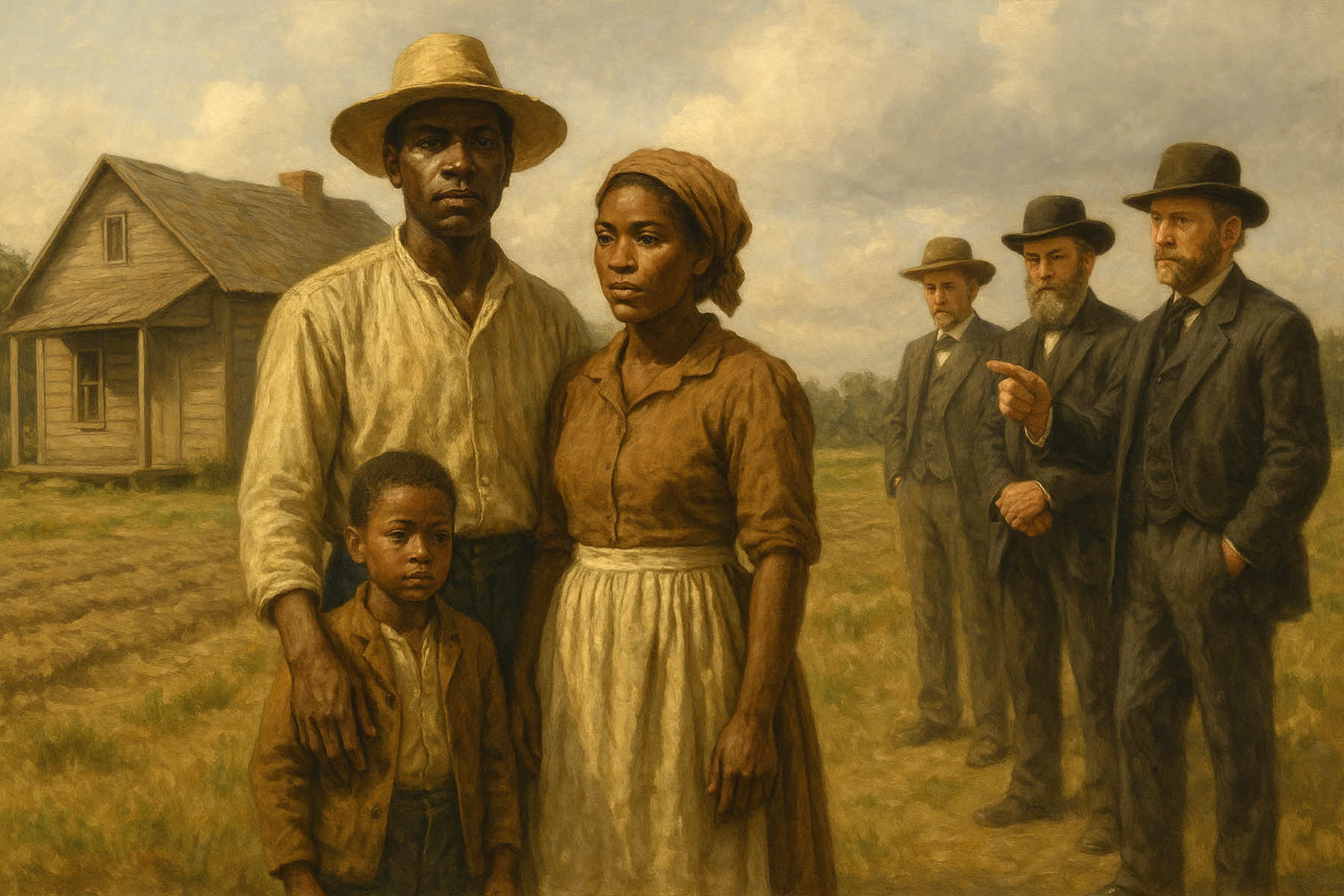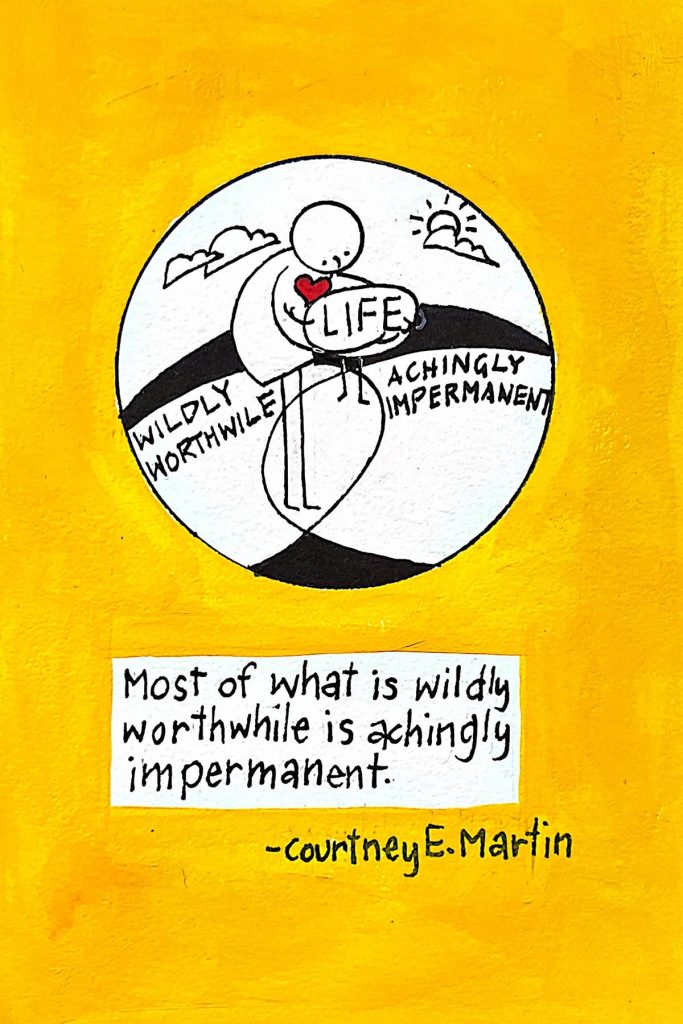
In the aftermath of the U.S. Civil War, as the South lay shattered and newly emancipated Black Americans sought to claim their rights, a new political weapon emerged among White elites desperate to maintain control.
It was the accusation of a “redistribution of wealth.” Far from a neutral economic concern, the phrase became a racially charged attack line used to discredit Reconstruction policies and stir White resentment.
Southern planters, politicians, and newspaper editors seized on the rhetoric almost immediately following emancipation. Rather than confronting the Confederacy’s defeat or the moral collapse of the slaveholding system, they pivoted to a new narrative.
Federal efforts to enfranchise Black citizens and rebuild the South were framed as little more than a plot to confiscate White property and power.
“Redistribution of wealth” became the rallying cry against land reform proposals, new tax systems, and the emergence of Black political leadership. In newspapers like the Richmond Enquirer and the Charleston News, editorials warned of a “vast redistribution of wealth” underway. Not as a dry fiscal matter, but as an existential threat to the racial and social hierarchy of the South.
The phrase carried with it the clear implication that Black advancement would come directly at the expense of White prosperity. Southern Democratic leaders, struggling to rebuild their political influence, leaned heavily into this propaganda.
They labeled state and local Reconstruction governments as “Negro governments,” alleging that Black lawmakers and their Republican allies sought to strip Whites of their property through confiscatory taxes and land seizures. Campaign speeches across the South in the late 1860s and early 1870s routinely accused Radical Republicans of promoting a “communistic” agenda aimed at punishing White landowners.
The fears were largely baseless. While some Radical Republicans championed land redistribution, most famously with the slogan “forty acres and a mule,” the federal government ultimately backed away from sweeping land reforms. Yet the myth of imminent confiscation persisted, fueled by the deliberate efforts of White elites to stoke panic.
During Reconstruction, Southern Democrats also attacked land reform, fair taxation, and Black political power by calling them “communism” and “socialism.” These terms were used to portray any attempt to support freed Black citizens as radical theft from Whites. Even basic public services were framed as evidence that the government had been hijacked to serve Black interests at White expense.
The same accusations carried into the Jim Crow era and beyond, where efforts to expand voting rights, provide fair employment, or improve Black education were branded as socialism or communism. By the mid-20th century, conservative politicians continued using the toxic language of anti-communism to attack civil rights, welfare, public housing, and affirmative action, framing racial justice as an attack on freedom and American values. The accusation of “socialism” remained a way to racialize economic programs without openly mentioning race.
By weaponizing the language of “redistribution,” Southern leaders effectively racialized economic debates. Reconstruction-era taxation, for instance, was necessary to rebuild infrastructure and fund public services destroyed by war. But White critics characterized even modest property taxes as evidence that government was rigged to rob hardworking Whites for the benefit of unworthy Black citizens.
This tactic proved brutally effective. By reframing Reconstruction not as a project of national healing but as a form of racial revenge, White Supremacist politicians found fertile ground to rebuild their base. Organizations like the Ku Klux Klan capitalized on the narrative, promoting violent resistance to Reconstruction governments under the guise of defending White property rights.
As the Redemption movement gained momentum in the 1870s, the violent, systematic effort to restore White Democratic control in the South, the phrase “redistribution of wealth” continued to serve as a potent dog whistle.
Public speeches and political platforms accused Reconstruction officials of orchestrating theft and tyranny, justifying widespread voter suppression, terror campaigns, and fraudulent elections aimed at dismantling Black political power.
Even after the formal end of Reconstruction in 1877, the legacy of this rhetoric endured. Under Jim Crow, Southern states erected tax systems and public policies designed to favor White citizens while draining resources from Black communities.
Public spending on Black education, health care, and infrastructure was consistently underfunded or denied altogether, often couched in arguments that spending would “waste” White taxpayers’ money, a lingering echo of the Reconstruction-era fearmongering about redistribution.
By the mid-20th century, as the Civil Rights Movement gained momentum, echoes of the old rhetoric resurfaced on a national stage. Conservative politicians warned that federal programs aimed at addressing racial inequality, including welfare, public housing, and affirmative action, were little more than new forms of “wealth redistribution.”
Their political objection was deeply rooted in opposing efforts to elevate Black citizens to full social and economic equality. Speeches railing against the “welfare state” and “forced busing” in the 1960s and 1970s carried implicit racial overtones, appealing to White voters’ fears of losing status and economic security.
Campaign ads and political messaging used phrases like “handouts” and “taking from the makers to give to the takers,” modernized versions of the same Reconstruction-era arguments. The continuity of this rhetoric revealed a clear historical connection. Accusations of “redistribution of wealth” have often served less as serious economic critiques and more as coded appeals to racial resentment.
Today, the phrase “redistribution of wealth” remains a political flashpoint. Although the explicit racial language of the 19th century has largely receded from public view, the underlying structure that frames economic justice efforts as unfair theft persists in American political discourse.
In the second half of the 20th century and into the present, conservative politicians continued using accusations of “socialism” and “communism” to attack federal programs aimed at closing racial and economic gaps.
By avoiding direct mention of race, the rhetoric allowed modern politicians to rally a new generation of White resentment against Black advancement while maintaining public deniability. The tactic preserved the Reconstruction-era strategy of painting racial equality as an assault on White dominance.
Modern Republican rhetoric, especially from the 1980s onward, has leaned heavily on this framework. Tax cuts for the wealthy were defended as preserving economic freedom, while social spending programs were attacked as dangerous redistributive schemes.
Republican Politicians frequently warned that taxes, affirmative action, and government aid programs punished success and undermined the hard work of American citizens, with the unstated assumption that the beneficiaries were undeserving minorities.
The language became even sharper during the rise of right-wing populism in the early 21st century. Movements like the Tea Party accused President Barack Obama of promoting “socialism,” a word used interchangeably with “redistribution,” often coupled with images and slogans that racialized the accusation.
Opposition to the Affordable Care Act, for example, was not just framed as a fiscal concern but often carried an implicit message that government health care would unfairly redistribute resources from White taxpayers to Black and Latino communities.
Even today, efforts to expand child tax credits, provide student loan forgiveness, or invest in historically marginalized communities are derided as attempts at “redistribution,” portrayed as inherently illegitimate or corrosive to American values.
The echoes of the Reconstruction-era propaganda are unmistakable. They cast programs that seek to correct historic injustices as dangerous assaults on the established order. Understanding this history is critical to fully grasping the stakes of modern political battles over economic policy.
The racial weaponization of “redistribution of wealth” was not an accidental byproduct of Southern anger during Reconstruction. It was a calculated strategy designed to defend White Supremacy by any rhetorical means necessary. It fused economic fear with racial resentment, creating a narrative potent enough to fracture efforts at building a multiracial democracy for generations.
The long shadow of this tactic continues to distort debates over inequality today. Calls for reparations, fair housing initiatives, or greater investment in public education are met with accusations of reverse discrimination or socialism, recycling the same fears that once fueled opposition to basic citizenship rights for Black Americans after the Civil War.
Historians note that recognizing the origins of these arguments is crucial for moving beyond them. The phrase “redistribution of wealth” did not gain its toxic political charge because of neutral economic debate. It was infused with racial panic by design. It served to protect the privileges of a White ruling class by convincing ordinary and even poor White citizens that any move toward greater justice was a direct threat to their own survival.
Today’s discussions about economic justice cannot be disentangled from this legacy. Policymakers and advocates pushing for systemic reforms face not just budgetary hurdles, but also the deeply ingrained narratives seeded during Reconstruction. They are the same narratives that falsely equate fairness with theft, and opportunity with loss.
The persistence of this framework is a reminder that the United States has never fully reconciled the racial and economic injustices at its foundation. Instead, the same rhetorical devices that once defended slavery’s aftermath have been repurposed time and again to resist any progress toward justice.
As debates over wealth inequality and economic policy continue to unfold, the story of how “redistribution of wealth” became a racialized weapon offers an essential lens. It exposes how language can be molded into a political tool to defend inequality, and challenges White Americans to recognize that history’s oldest arguments for the oppression of some Americans continue today.
© Art
Isaac Trevik














